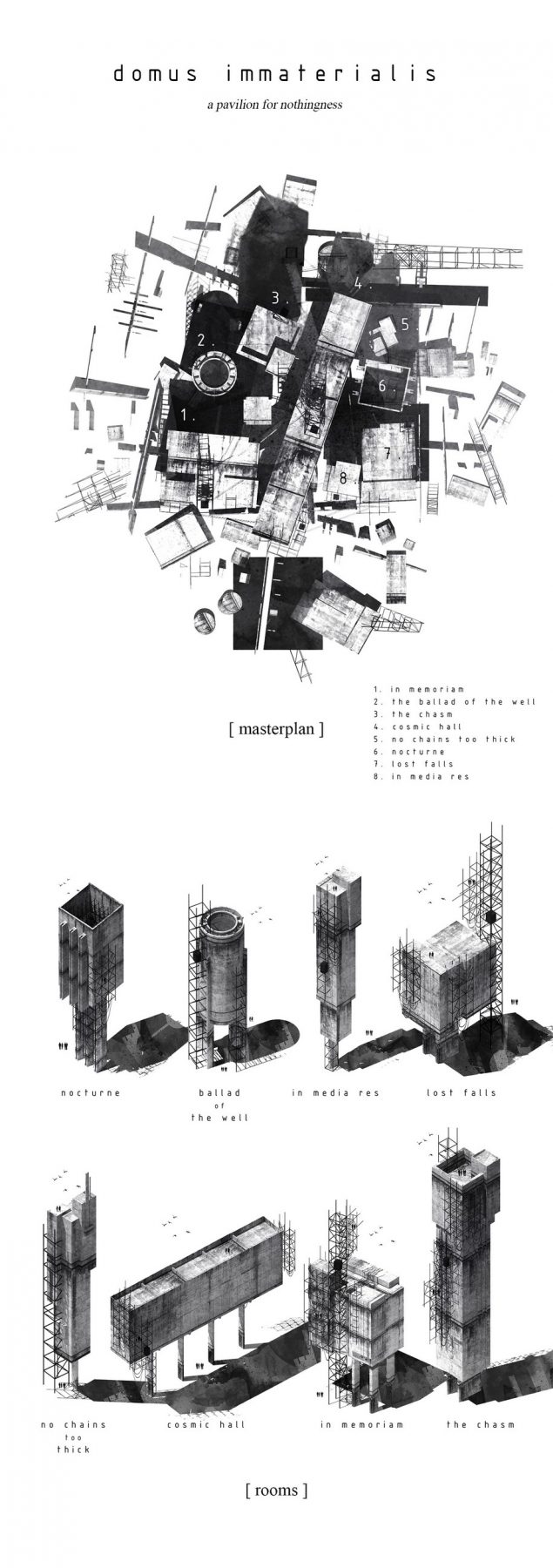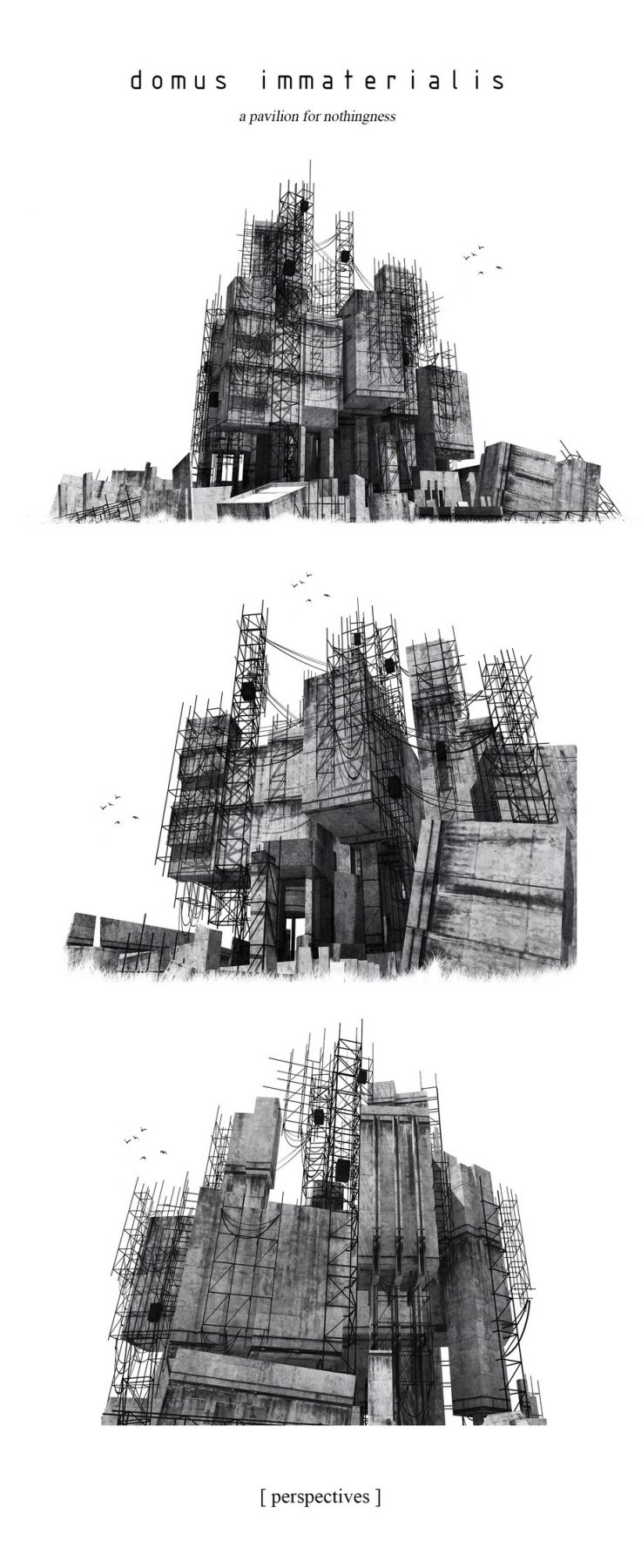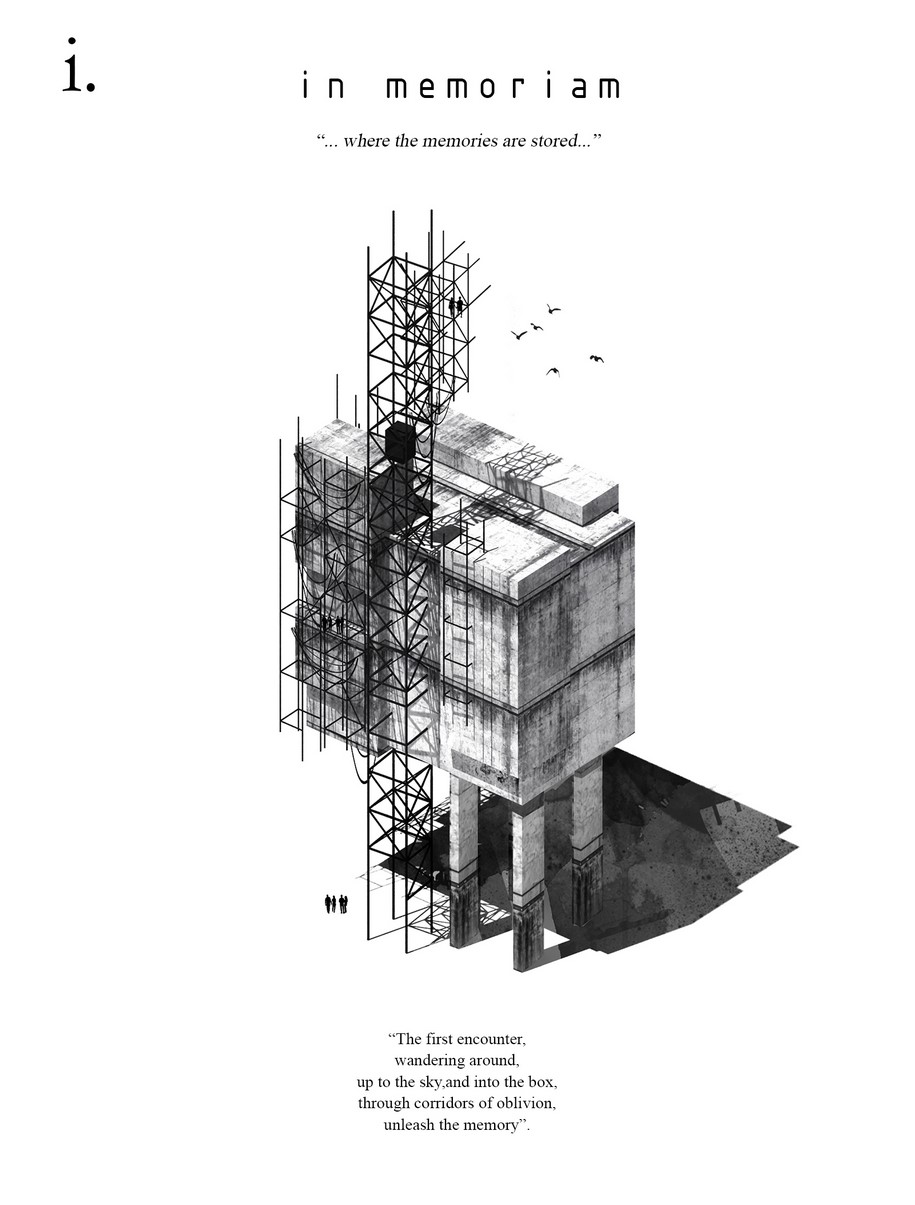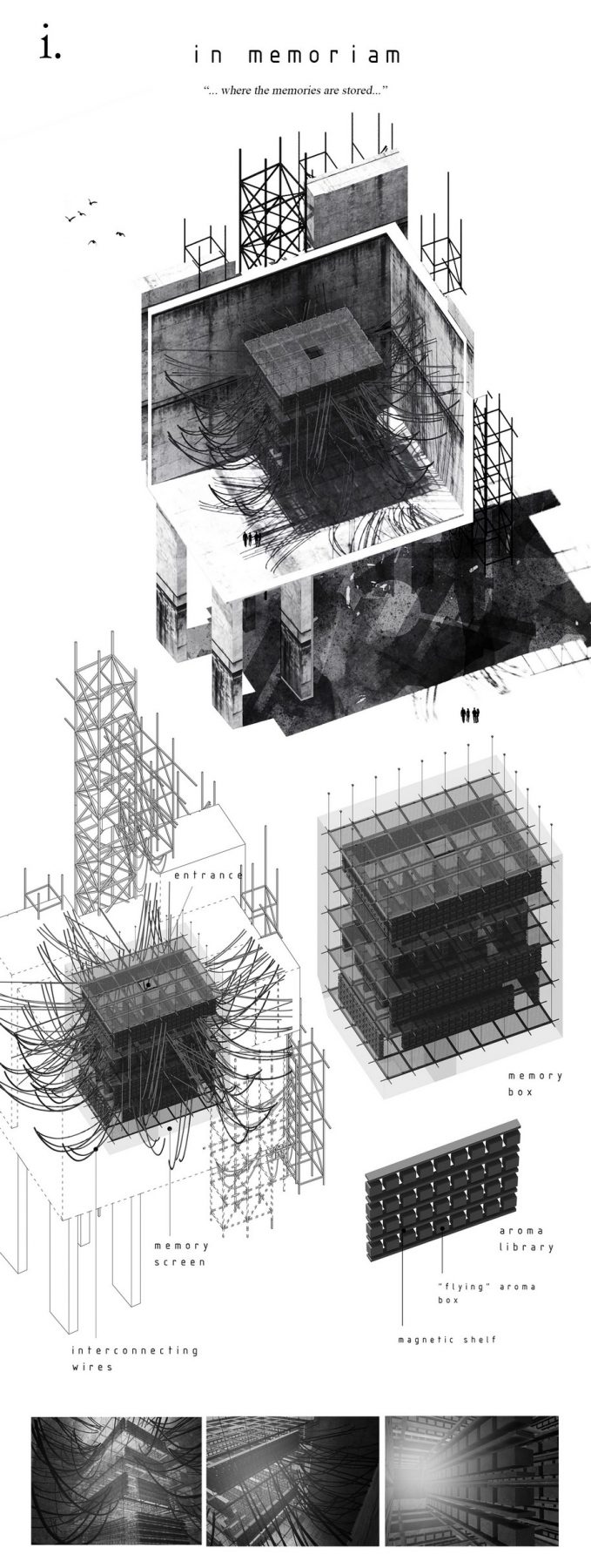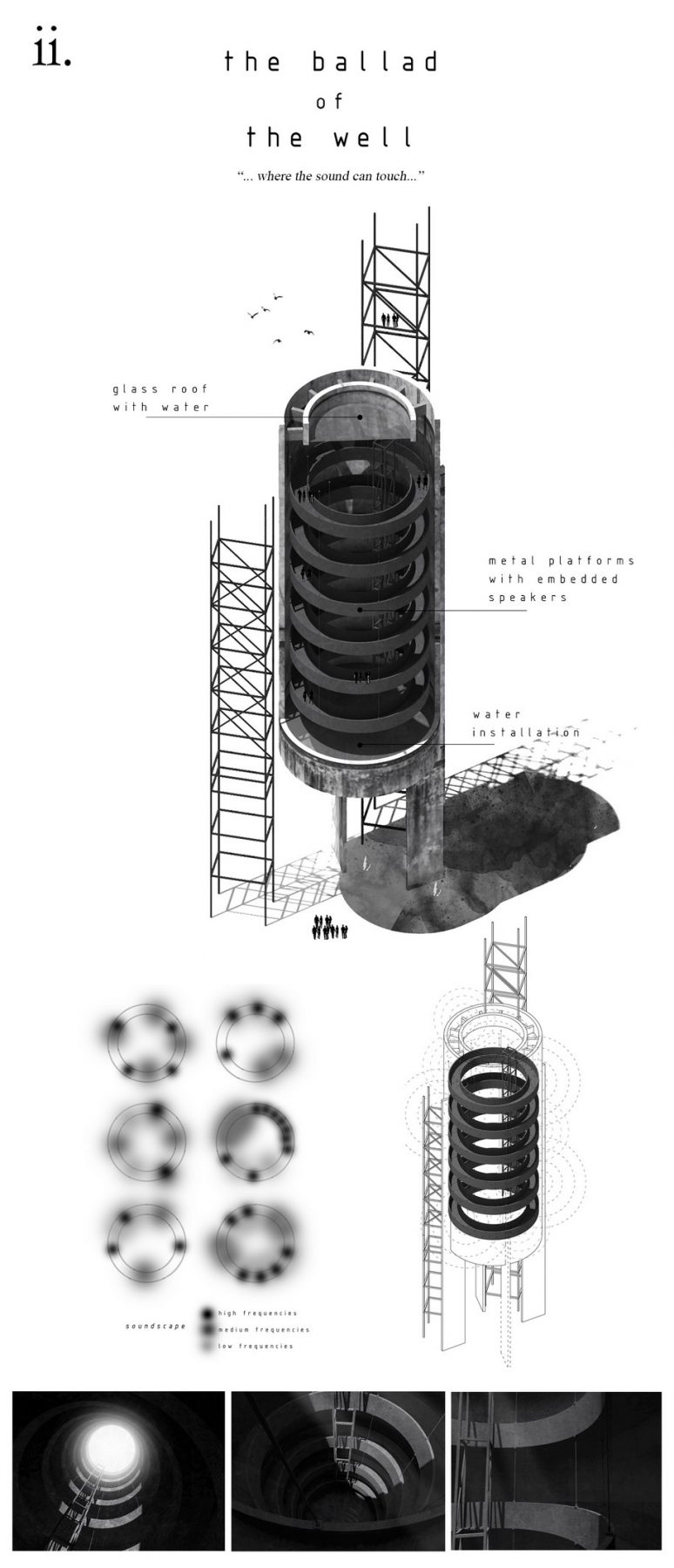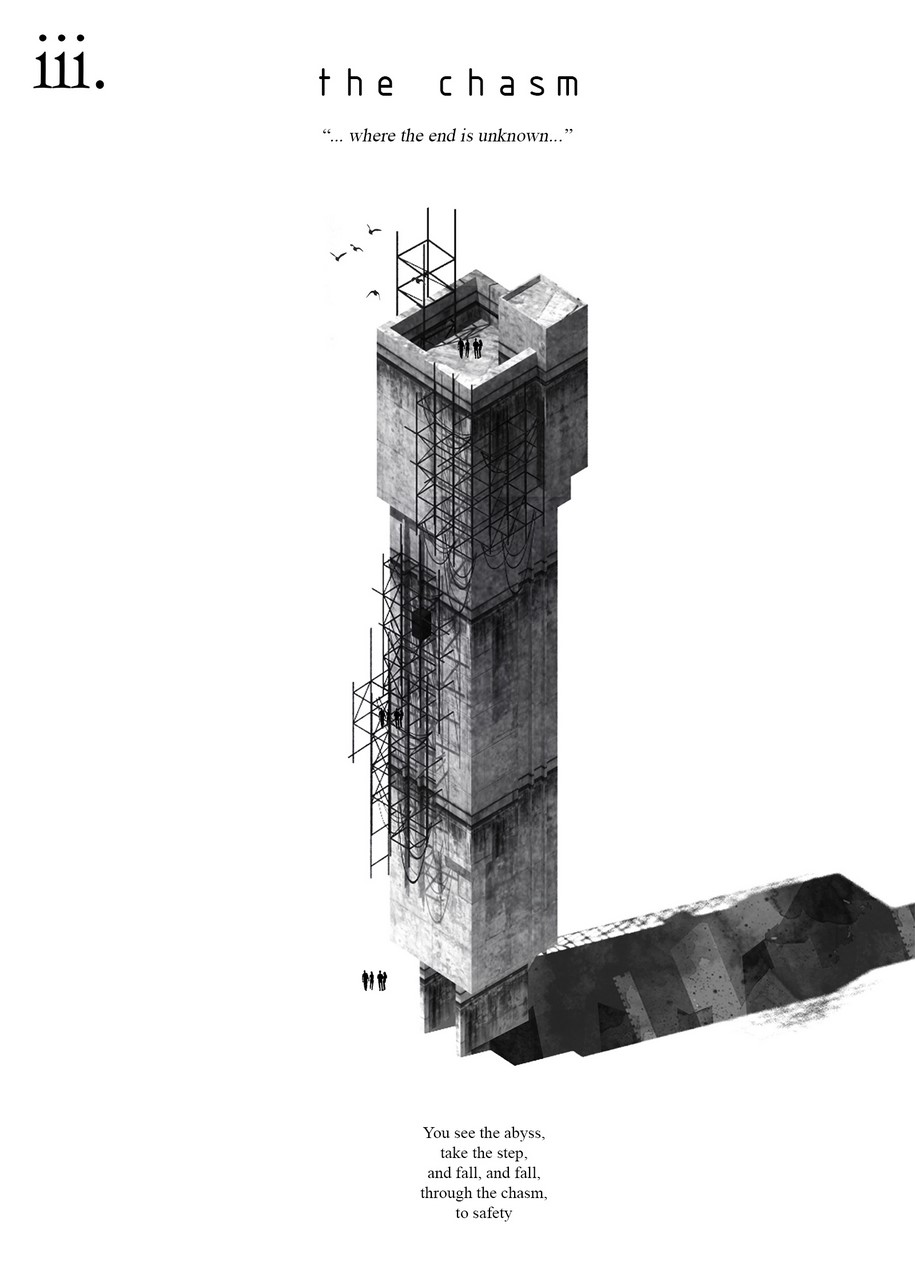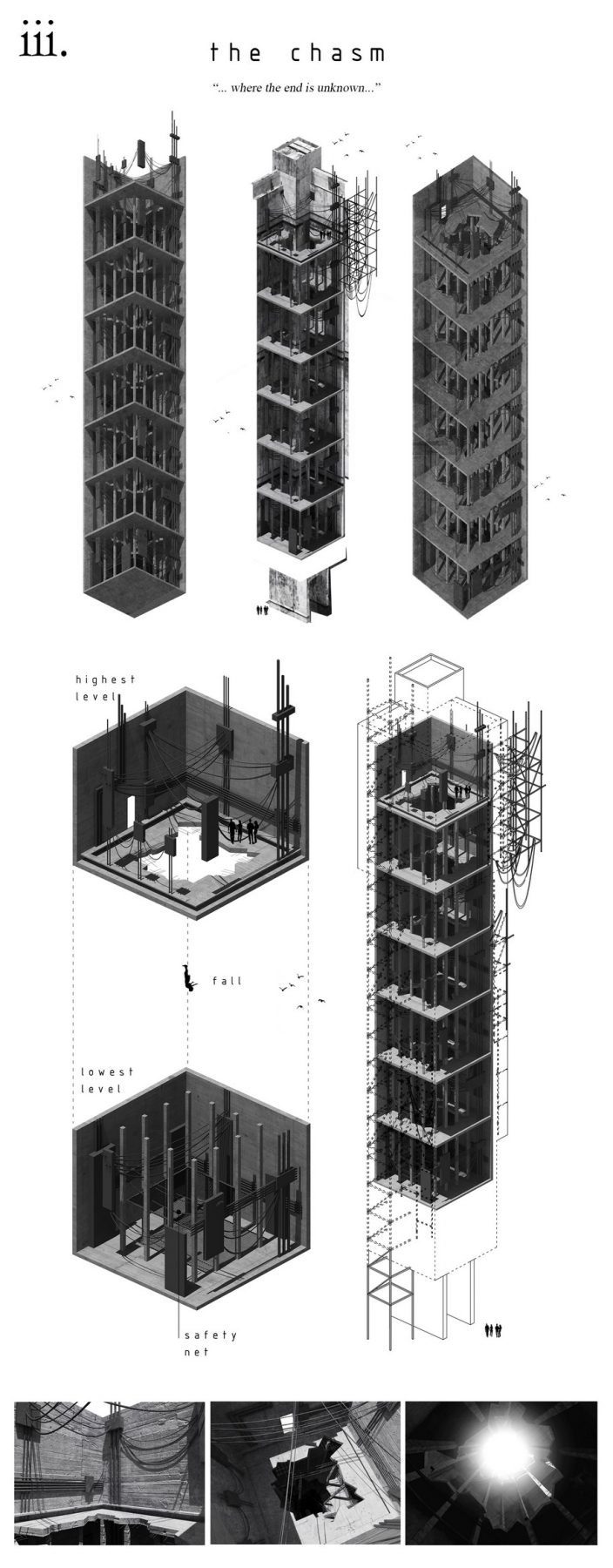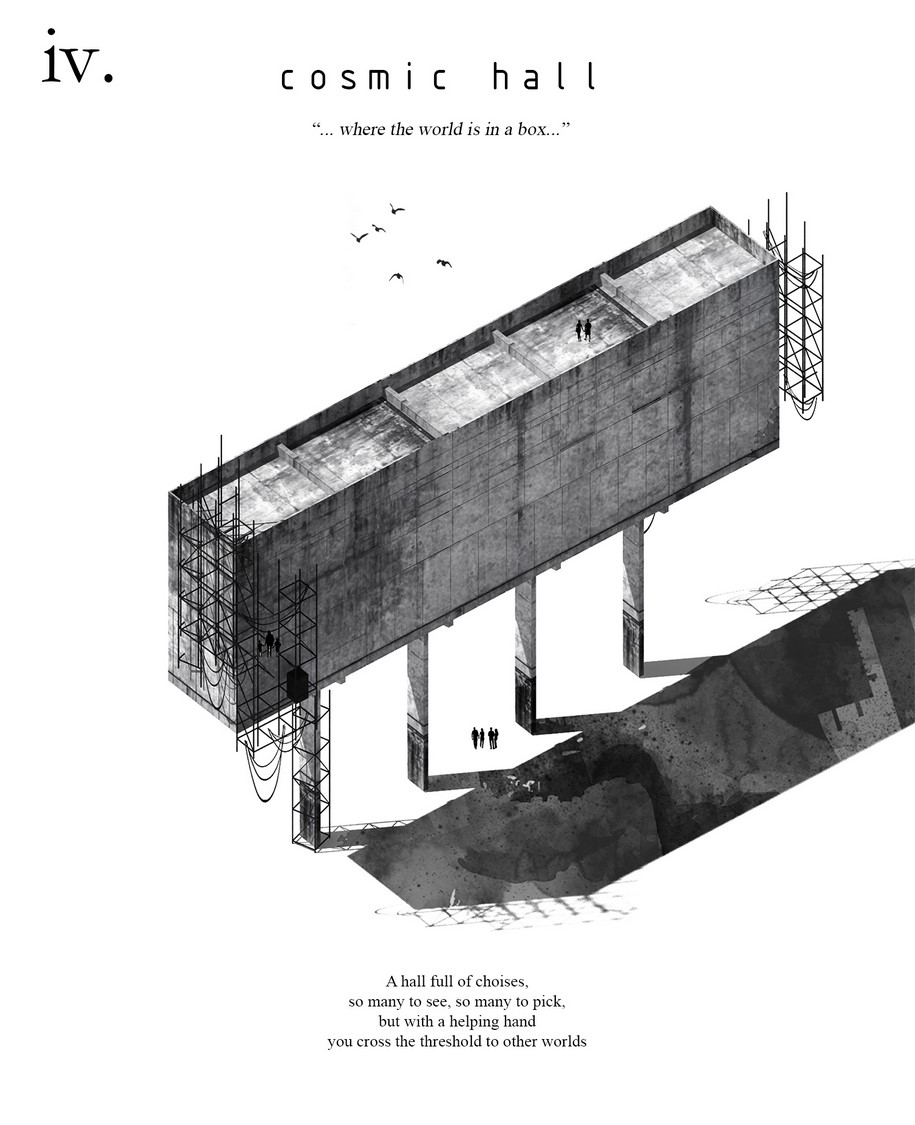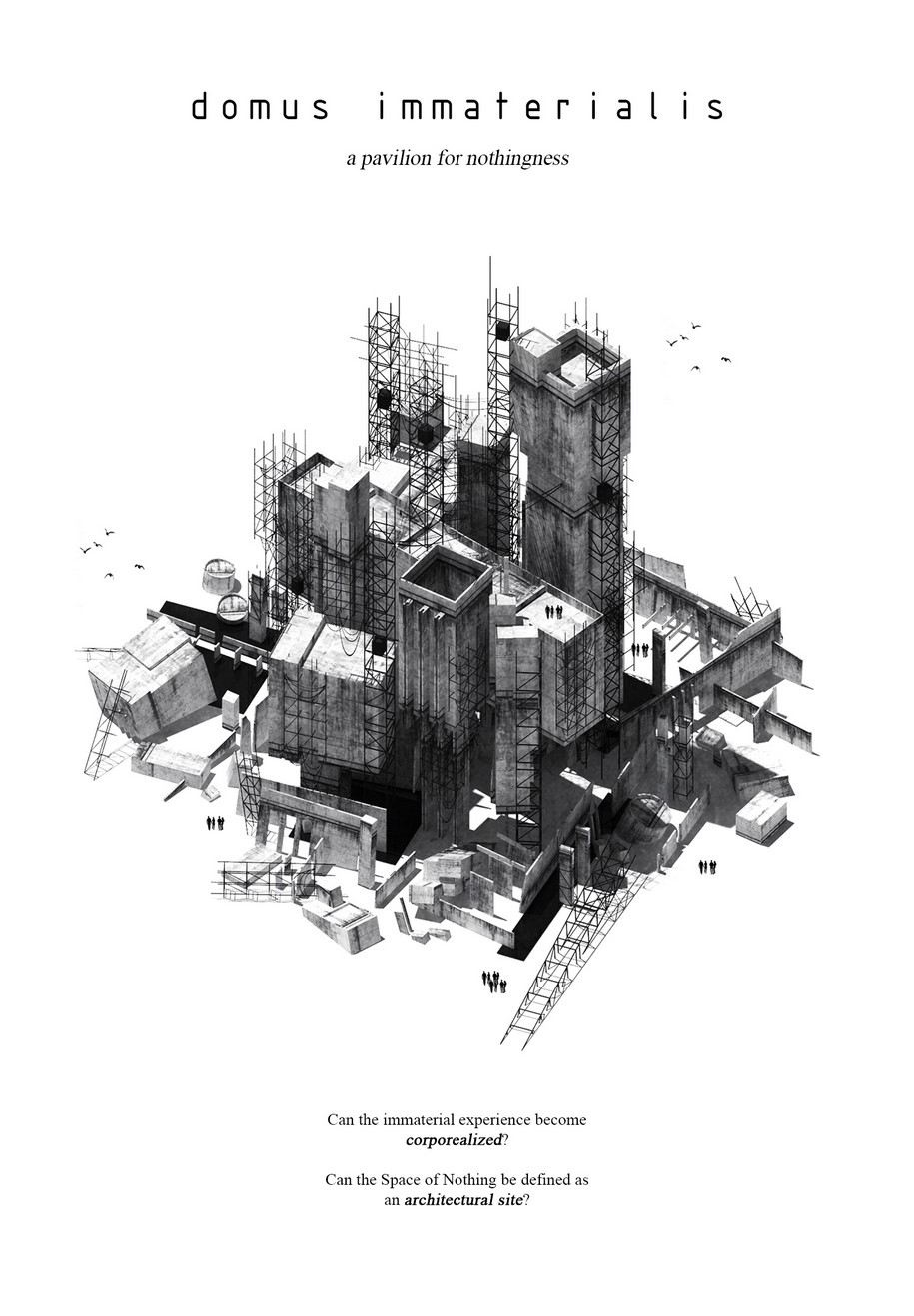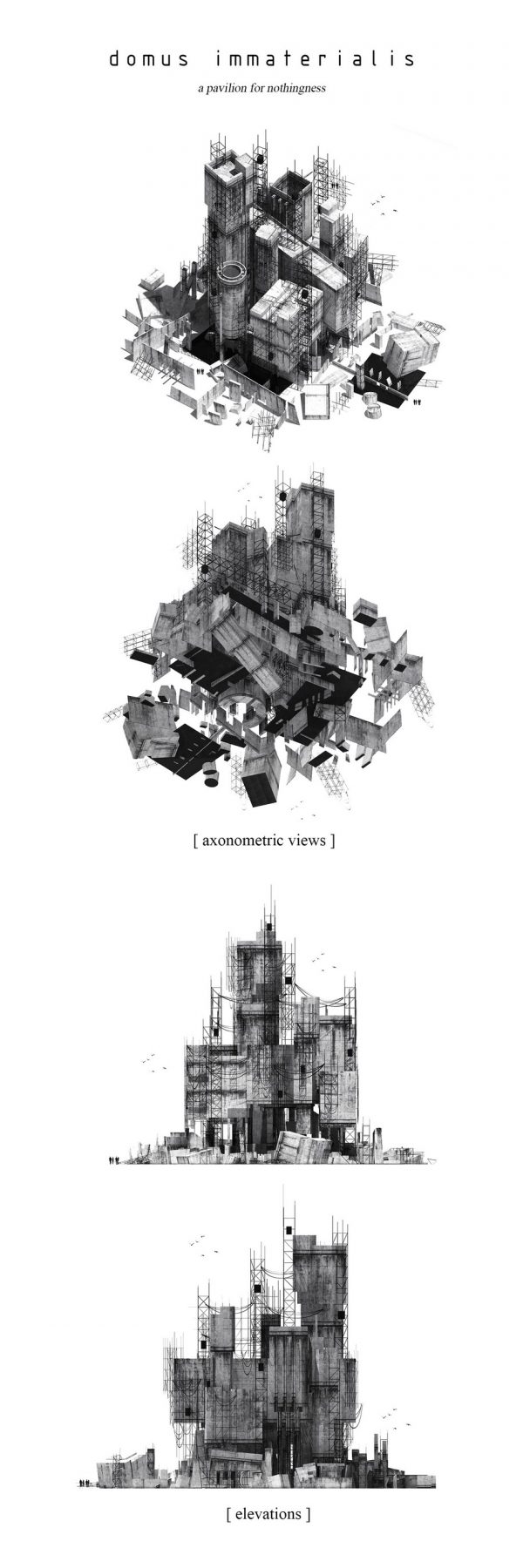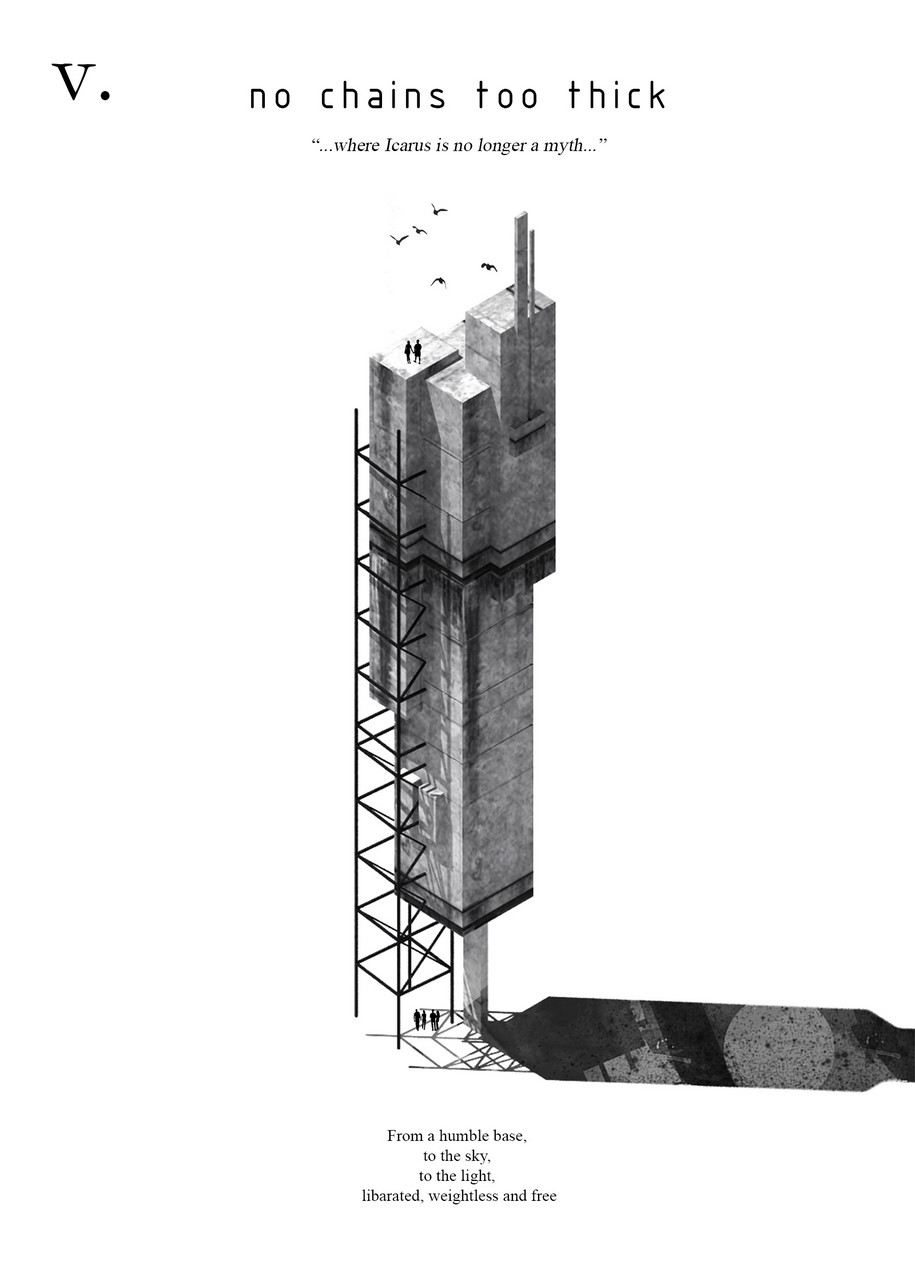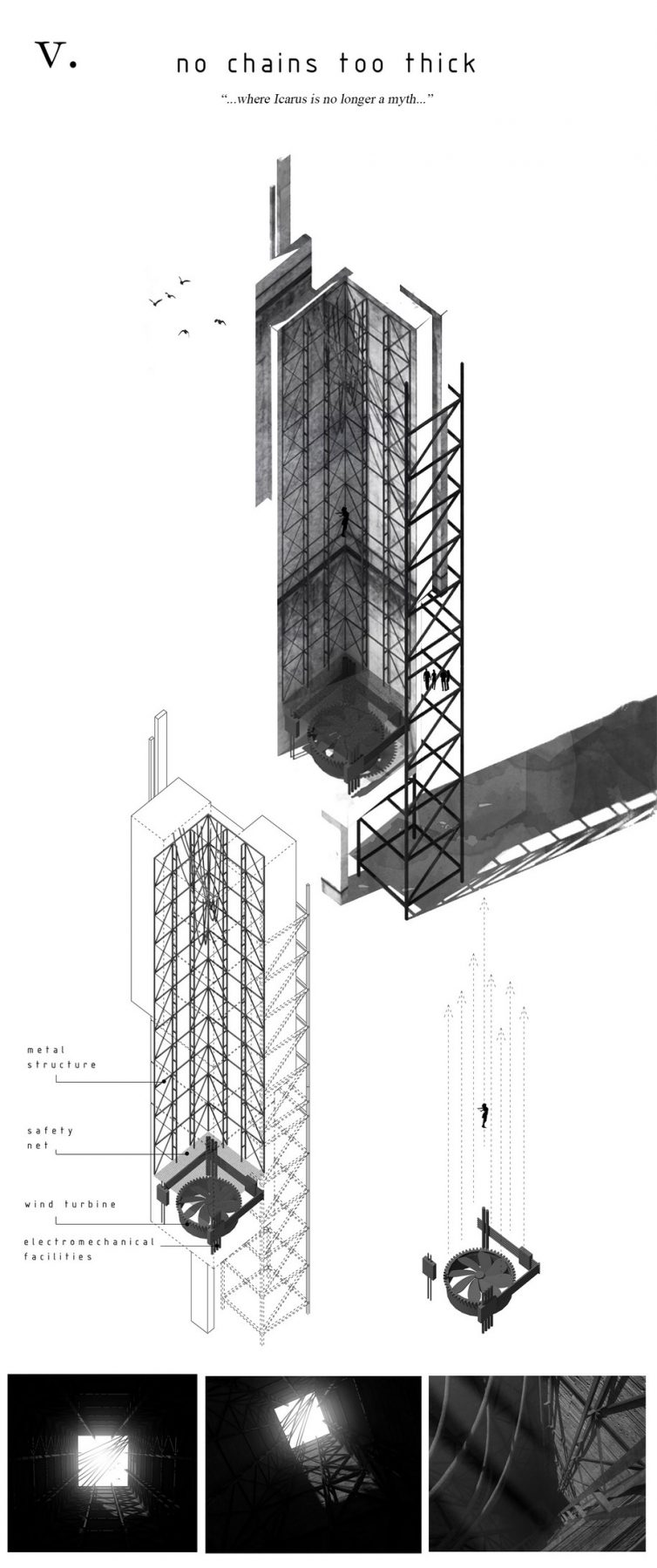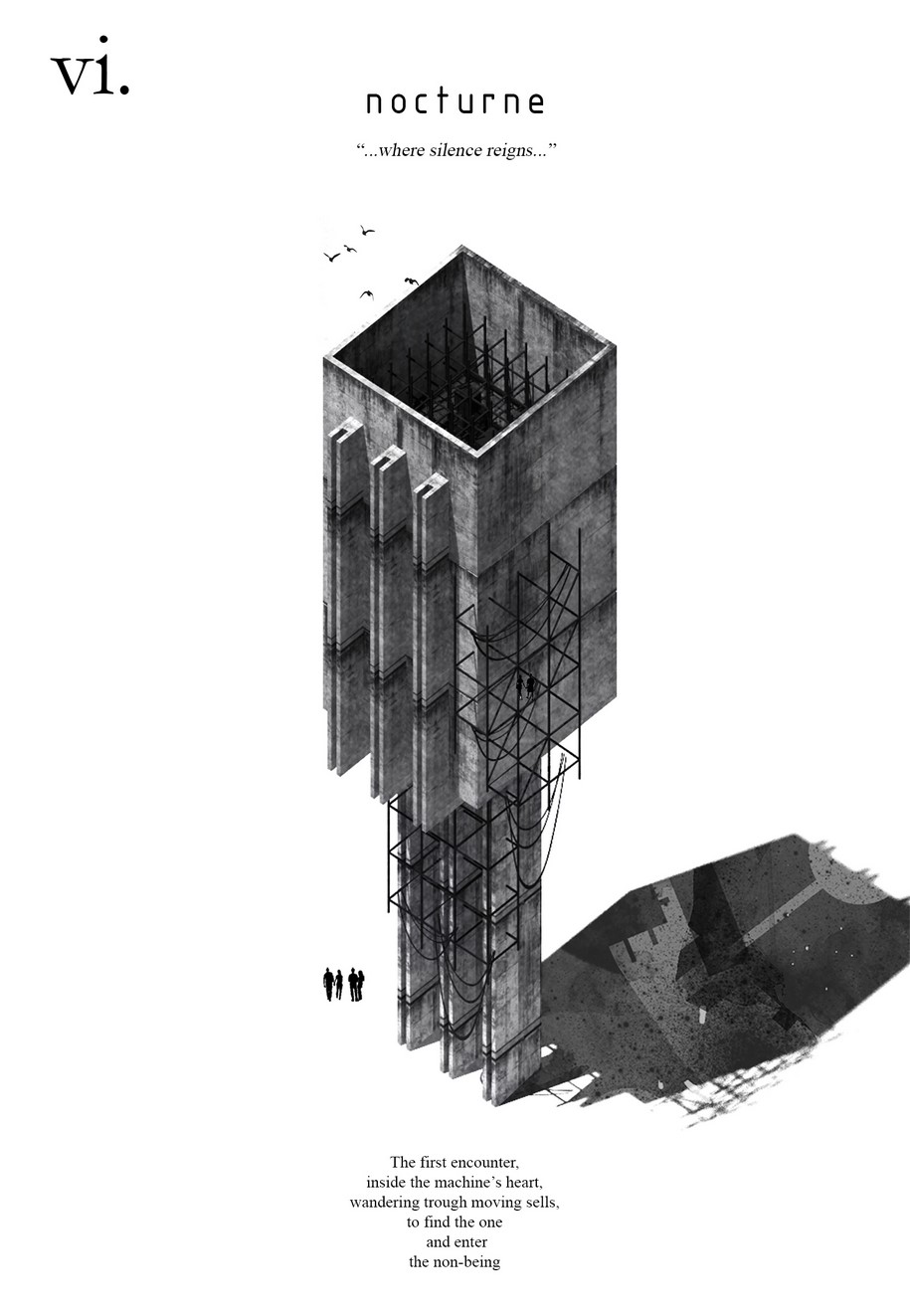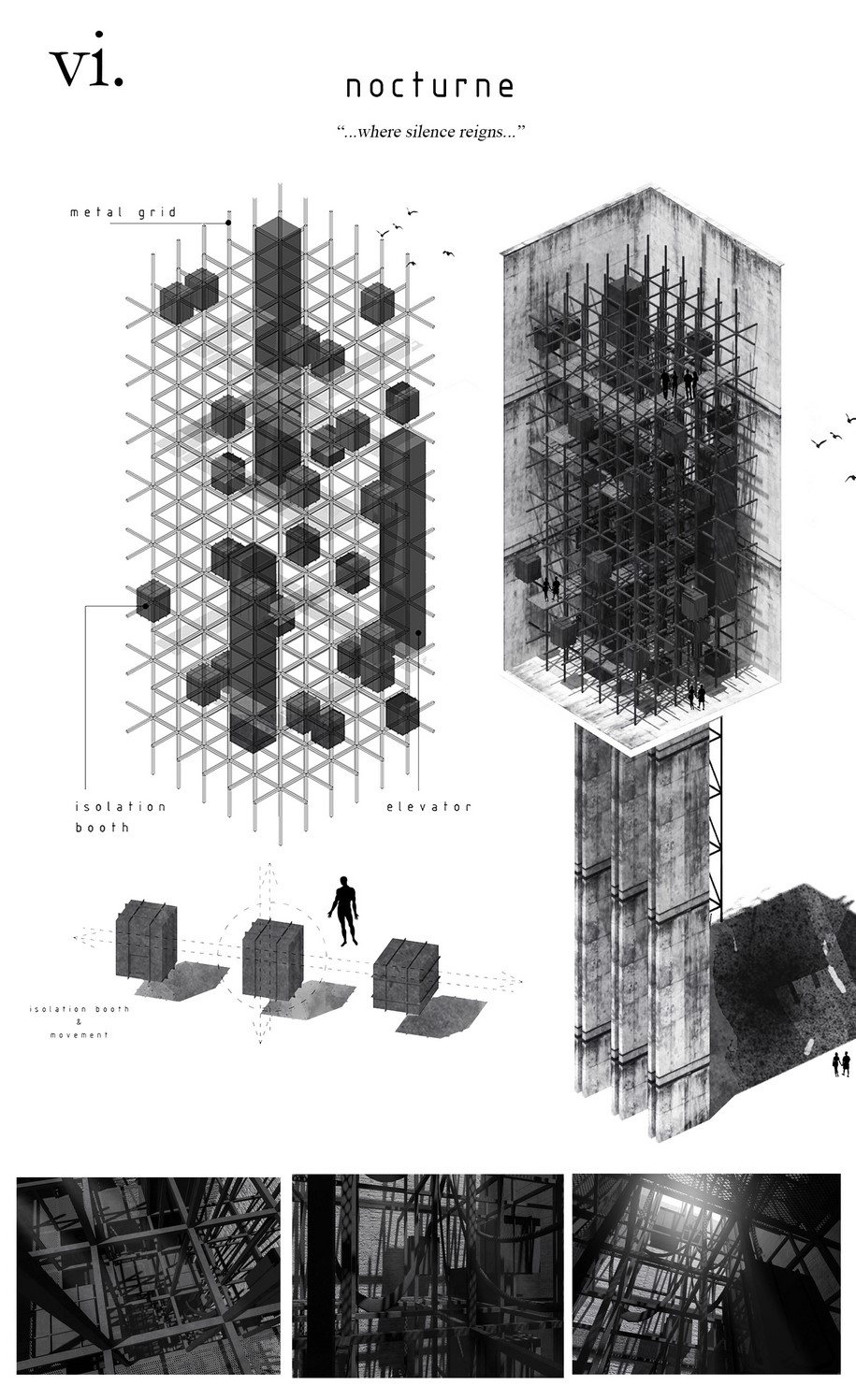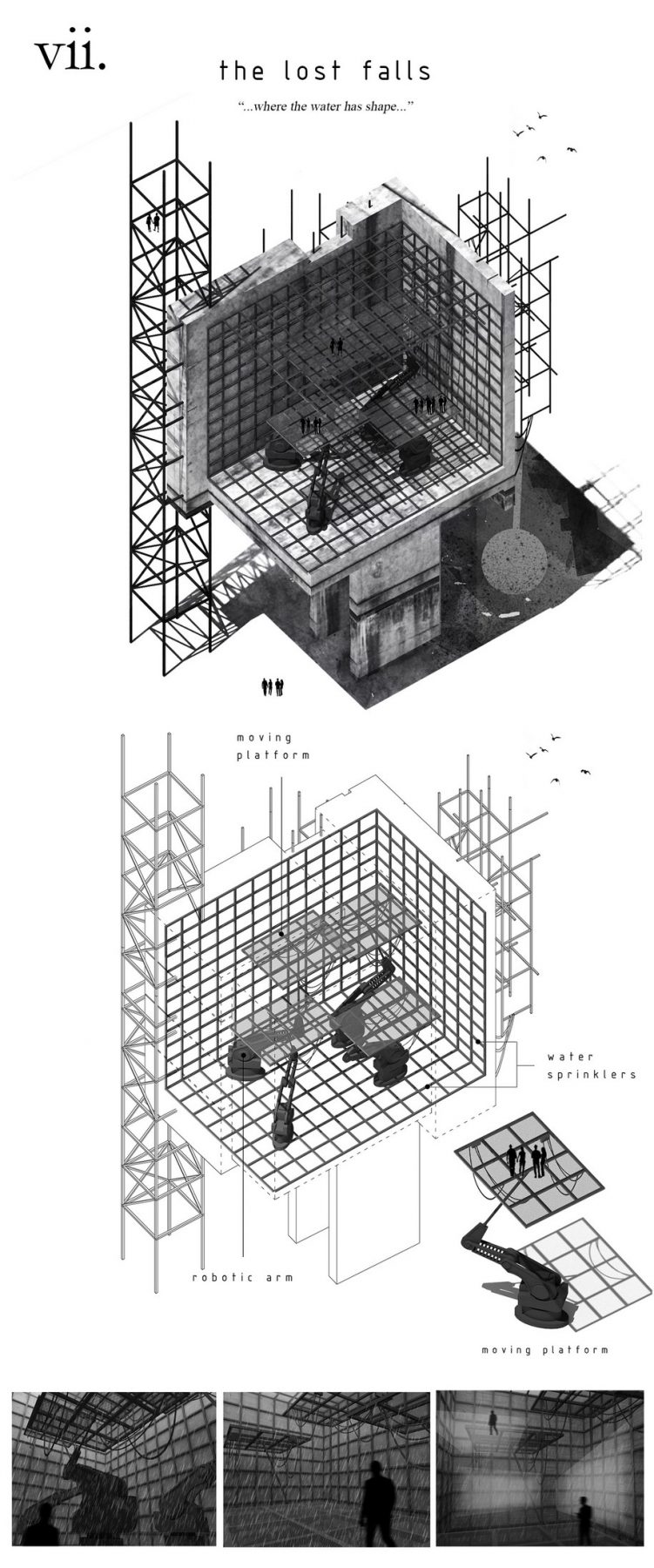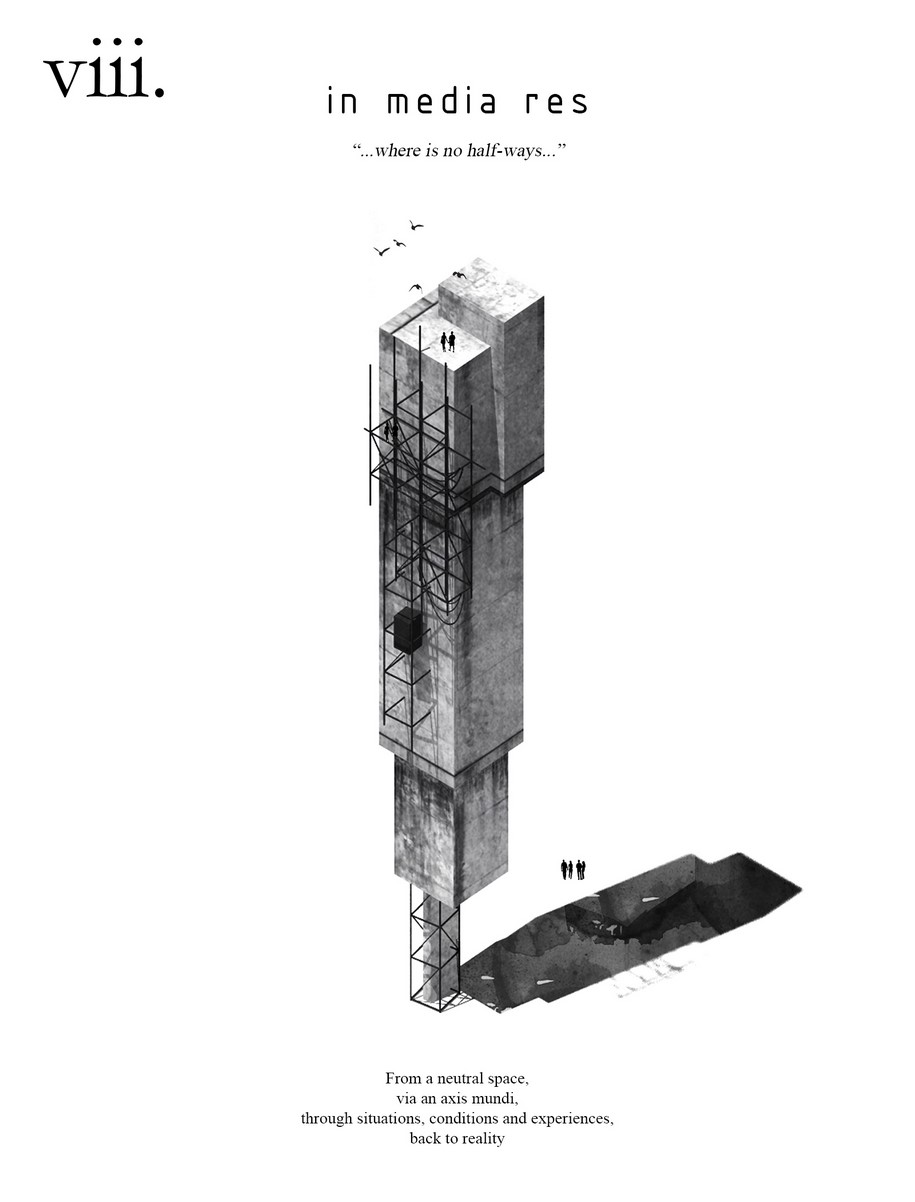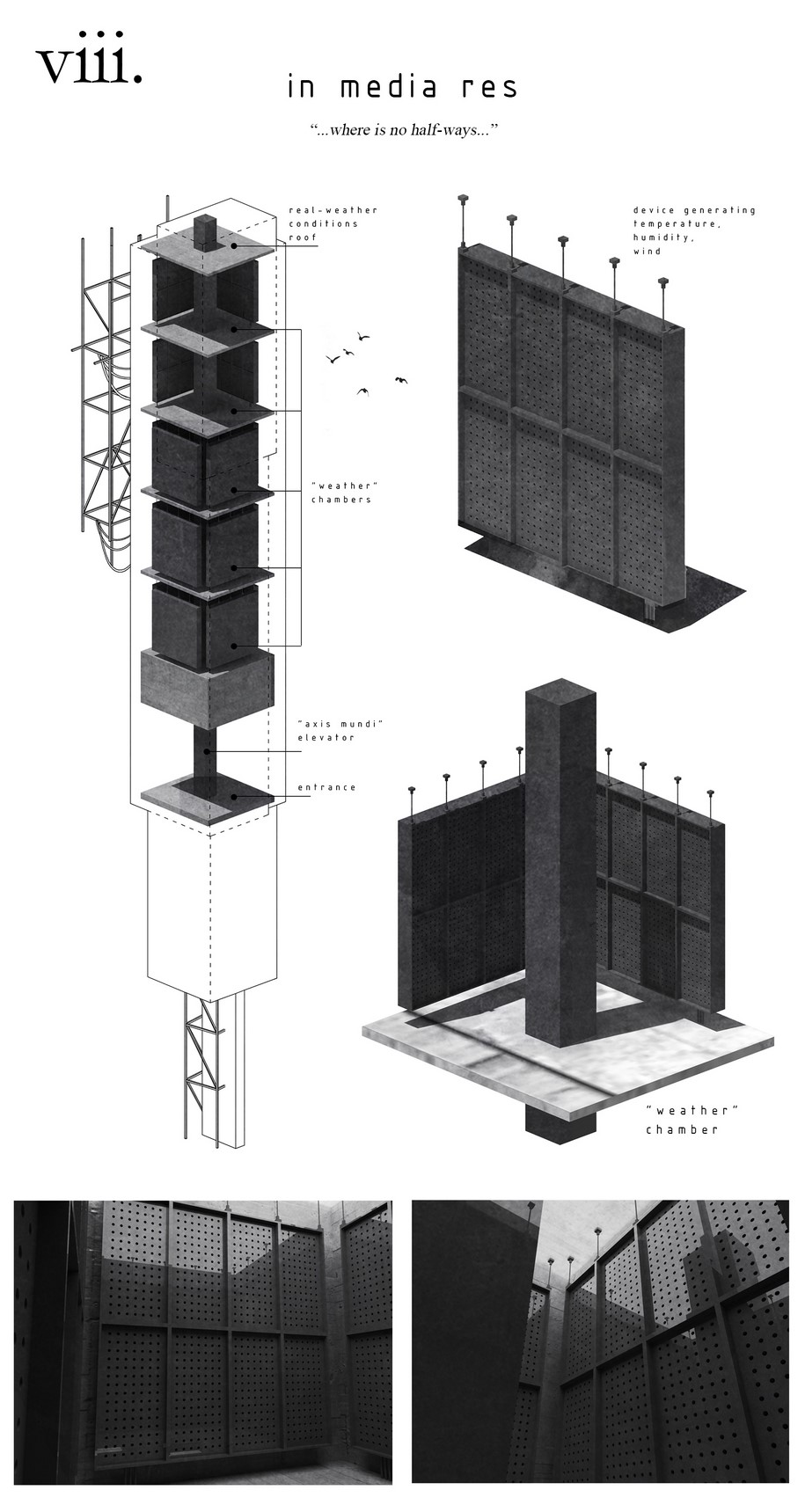The diploma thesis of Anastasis Floros entitled “domus immaterialis: a pavilion for nothingness ” was presented in July 2018 at the Department of Architecture of University of Thrace and was supervised by Professor Polyxeni Mantzou. -text by the author
Can the immaterial experience become corporealized?
Can the Space of Nothing be defined as an architectural site?
The project proposes to create a place that is more than an building. The intent is to create a space by offering to the public an alternative experience and a new way to access the experience. More open and spontaneous, and less sacralised. A platform for experimentation with alternative practices.
The landscape is changed. A new volume sets in. The landscape is in constant renewal. The invisible appears. Space is altered and our perception of the environment is transformed. Our visual perceptions are challenged. Certainties fade, our imagination is provoked during the interpretation process.
A space to house nothing and everything.
A site. Existent or not. This will be the context for an ‘other’ experimental space, in opposition to the prevailing norm. A third area between the traditional dichotomy of form and content.This space of nothing can be read as complex, emotive and multi-faceted.
Our contemplation is directed toward the phenomenological potential of absence / presence and place making and a commentary on the nature of space. Examine a space of experimentation that challenges existing forms.
“Empty” spaces with the potential for experimental occupation. Issues of programme, event, spatial hierarchies and a whole range of physical and metaphysical phenomena. So our focus is on making and the interplay between something and nothing, dynamic and static, darkness and light.
The qualities of “immaterial”, “nothingness”, “emptiness”, were essential ingredients within the proposed spaces – where the tangible coexists with the intangible, the measurable with the immeasurable.
The pavilion lies within its nothingness and emptiness.
The result of nothing: no program, no functional requirements, no size definition, no site mandates, no occupancy targets or public flow rates.
The project aims to create an architecture of the senses. A spectacle for the senses is created, that takes into account the experience and emotions, memory and occupation. A labyrinth of questions that elicits a feeling of being lost and an incapacity to exhaust the possibilities for connections and meaning, where the users need to rely in all of their senses.
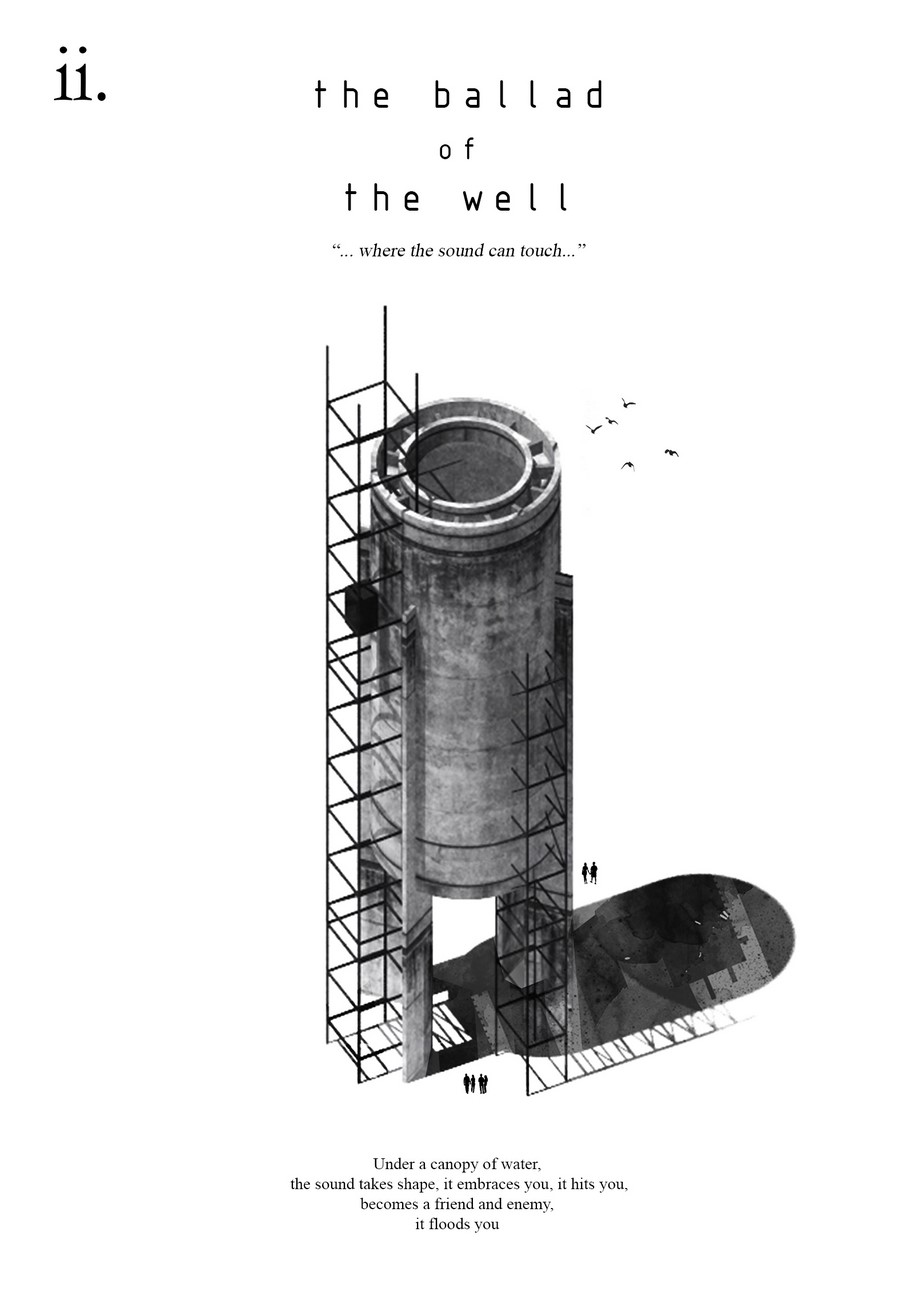
It has no more centre, no more peripheries; it is a rhizomatic structure. No longer structural points or positions. Creating a space without a set path through “rooms”, chosen according to the freewill of each visitor, divided at random between different manifestations.
The “rooms” are deliberately selected, although do not control the order in which the visitor interacts with them.
Forms are not necessarily prescribed; rather occupants bring a use to the space. When not in use, objects lay as dormant ruins, suggestive of their potential for occupation.
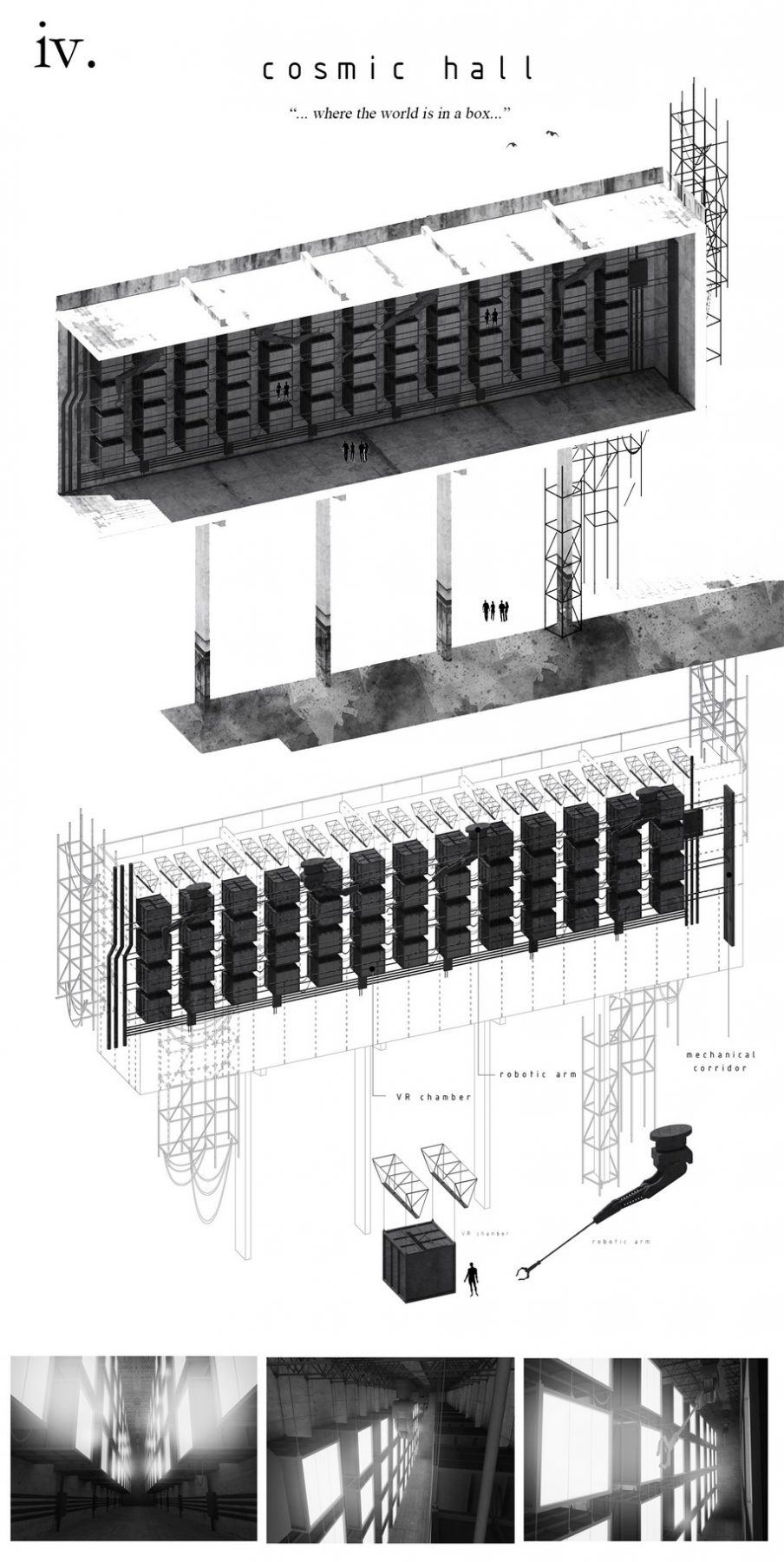
The visitor is challenged by the pavilion, by the question: Am I the master of my own mind and my surroundings?
Facts & Credits
Project title domus immaterialis: a pavilion for nothingness
Student Anastasis Floros
Date July 2018
Course Diploma thesis
Supervisor Polyxeni Mantzou
Institution Democritus University of Thrace, Faculty of Architecture
–
Η διπλωματική εργασία του Αναστάση Φλώρου με τίτλο ‘ domus immaterialis: a pavilion for nothingness’ παρουσιάστηκε τον Ιούλιο του 2018 στο Τμήμα Αρχιτεκτόνων Μηχανικών του Πανεπιστημίου Θράκης με επιβλέποντα καθηγητή την Πολυξένη Μάντζου. -κείμενο του δημιουργού
Μπορεί η άυλη εμπειρία να αποκτήσει υλική υπόσταση;
Μπορεί ο χώρος του «τίποτα» να οριστεί ως αρχιτεκτονικός χώρος;
Η διπλωματική αυτή εργασία προσπαθεί να προτείνει τη δημιουργία ενός χώρου που είναι κάτι παραπάνω από μόνο ένα κτίριο. Πρόθεση ήταν να δημιουργηθεί ένας χώρος ο οποίος θα προσφέρει στο κοινό μια εναλλακτική εμπειρία, αλλά κι έναν νέο τρόπο πρόσβασης στην εμπειρία αυτή. Περισσότερο ανοιχτό και αυθόρμητο, και λιγότερο ιεραρχικό.Μια πλατφόρμα πειραματισμού με εναλλακτικές πρακτικές.
Εισάγεται ένας νέος όγκος. Το τοπίο αλλάζει. Το τοπίο βρίσκεται σε συνεχή ανανέωση. Το αόρατο εμφανίζεται. Ο χώρος μεταβάλλεται και η αντίληψή μας για το περιβάλλον μετασχηματίζεται. Οι οπτικές μας αντιλήψεις αμφισβητούνται. Οι βεβαιότητες ξεθωριάζουν, η φαντασία μας προκαλείται.
Ένας χώρος για να στεγάσει το «τίποτα» και τα πάντα.
Ένας τόπος. Υπάρχων ή όχι. Αυτό θα είναι το πλαίσιο για έναν «άλλον» πειραματικό χώρο, σε αντίθεση με την ισχύουσα νόρμα. Μια τρίτη περιοχή ανάμεσα στην παραδοσιακή διχοτόμηση της μορφής και του περιεχομένου. Αυτός ο χώρος του «τίποτα» μπορεί να αναγνωσθεί ως σύνθετος, προκλητικός και πολύπλευρος.
O στοχασμός μας κατευθύνεται προς το φαινομενολογικό δυναμικό της απουσίας, της παρουσίας και της τοποθέτησης και σχολιασμού της φύσης του χώρου, εξετάζοντας ένα χώρο πειραματισμού που προκαλεί τις υπάρχουσες μορφές.
«Κενοί» χώροι με δυνατότητα πειραματικής κατοχής. Ζητήματα προγράμματος, γεγονότα, χωρικές ιεραρχίες και μια ολόκληρη σειρά φυσικών και μεταφυσικών φαινομένων. Επομένως, η εστίασή μας είναι στην παραγωγή και στην αλληλεπίδραση μεταξύ του «κάτι» και του «τίποτα», του δυναμικού και στατικού, του σκότους και του φωτός.
Οι ιδιότητες του «άυλου», του «τίποτα», του «κενού», υπήρξαν βασικά συστατικά μέσα στους προτεινόμενους χώρους – όπου το απτό συνυπάρχει με το άυλο, το μετρήσιμο με το ανυπολόγιστο.
Το pavilion εναπόκειται στο «τίποτα» και την «κενότητά» του.
Είναι το αποτέλεσμα του «τίποτα»: κανένα πρόγραμμα, καμία λειτουργική απαίτηση, κανένας ορισμός μεγέθους, καμία συγκεκριμένη τοποθεσία ή δημόσιες ροές κίνησης.
Το έργο στοχεύει στη δημιουργία μιας αρχιτεκτονικής των αισθήσεων. Δημιουργείται ένα θέαμα για τις αισθήσεις, το οποίο λαμβάνει υπόψη την εμπειρία και τα συναισθήματα, τη μνήμη και την κατοχή του χώρου. Ένας λαβύρινθος ερωτήσεων που προκαλεί ένα αίσθημα απώλειας και ανικανότητας εξάντλησης των δυνατοτήτων για συνδέσεις και νόημα, όπου οι χρήστες πρέπει να βασίζονται σε όλες τις αισθήσεις τους.
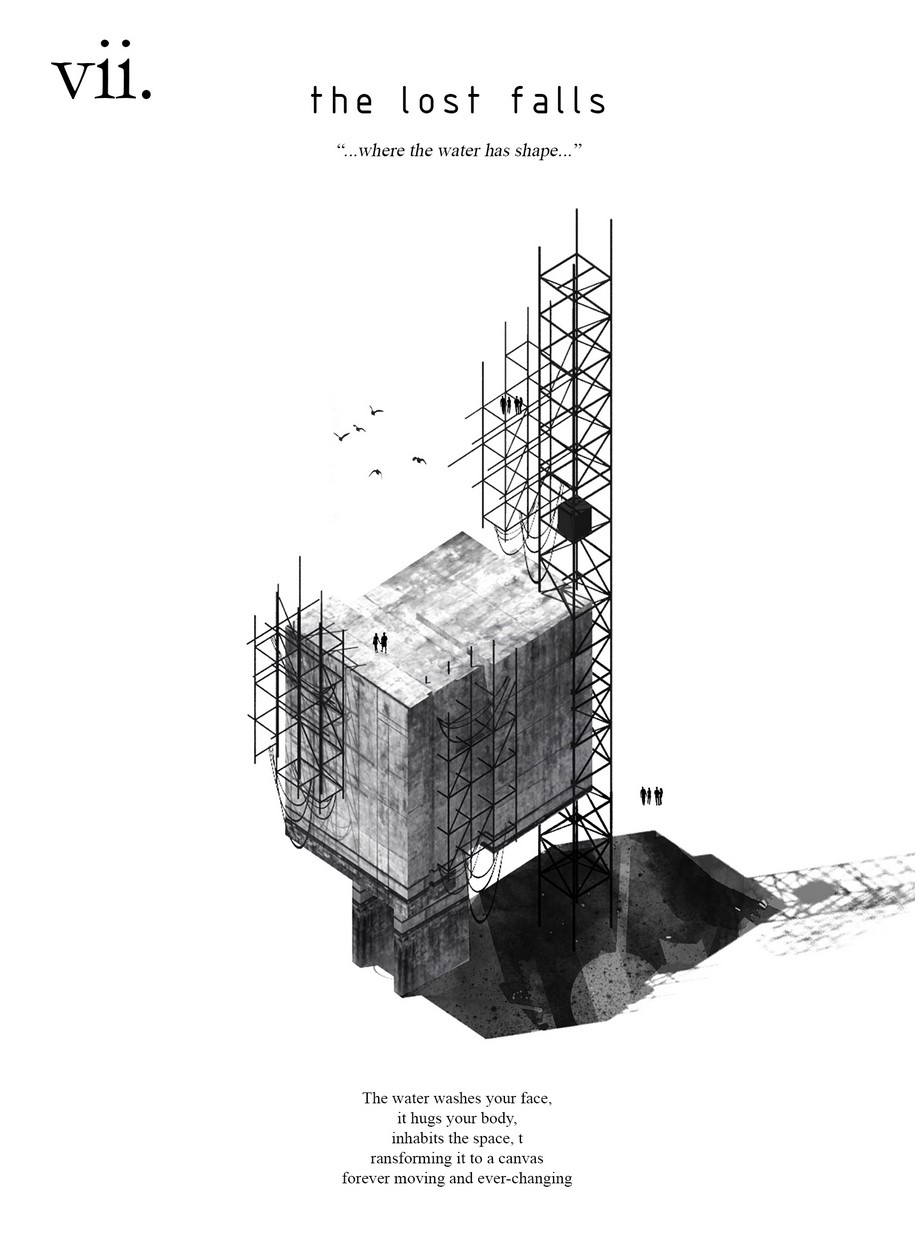
Δεν έχει πλέον κέντρο, αλλά ούτε περιφέρειες: είναι μια ριζωματική δομή. Δεν υπάρχουν δομικά σημεία ή θέσεις. Δημιουργείται ένας χώρος χωρίς καθορισμένη διαδρομή μέσα από «αίθουσες», που επιλέγονται σύμφωνα με την ελεύθερη βούληση κάθε επισκέπτη, χωρισμένες τυχαία μεταξύ διαφορετικών εκδηλώσεων.
Οι «αίθουσες» έχουνε επιλεγεί σκόπιμα, αν και δεν ελέγχουν τη σειρά με την οποία ο επισκέπτης αλληλεπιδρά με αυτές.
Οι μορφές δεν είναι υποχρεωτικά προδιαγεγραμμένες, μάλλον οι ένοικοι φέρνουν μια χρήση στο χώρο. Όταν δεν χρησιμοποιούνται, τα αντικείμενα βρίσκονται ως αδρανή ερείπια, υποδηλώνοντας τις δυνατότητές τους για κατοχή.
Ο νους περιορίζεται κατά κάποιον τρόπο από την πλήρη κατανόηση. Η ερειπωμένη και φαινομενικά ατελής ποιότητα της αρχιτεκτονικής δίνει στο νου περισσότερες ευκαιρίες για υποθέσεις και εικασίες. Οι μορφές δεν είναι υποχρεωτικά προδιαγεγραμμένες, μάλλον οι ένοικοι φέρνουν μια χρήση στο χώρο. Όταν δεν χρησιμοποιούνται, τα αντικείμενα βρίσκονται ως αδρανή ερείπια, υποδηλώνοντας τις δυνατότητές τους για κατοχή.
Τέλος ο επισκέπτης αμφισβητείται από το ίδιο το pavilion, με το ερώτημα: Είμαι ο κύριος του μυαλού και του περιβάλλοντός μου;
Στοιχεία έργου
Τίτλος εργασίας domus immaterialis: a pavilion for nothingness
Φοιτητής Αναστάσης Φλώρος
Ημερομηνία Ιούλιος 2018
Μάθημα Διπλωματική εργασία
Επιβλέπουσα καθηγήτρια Πολυξένη Μάντζου
Σχολή Δημοκρίτειο Πανεπιστήμιο Θράκης, Τμήμα Αρχιτεκτόνων Μηχανικών
______________________________________________
browse through student projects on Archisearch here!
–
δείτε περισσότερες εργασίες φοιτητών εδώ!
READ ALSO: ΑΑ ATHENS VISITING SCHOOL - INTERLACE | 12-22 Ιουνίου 2017, ΑΚΤΟ Art & Design College
